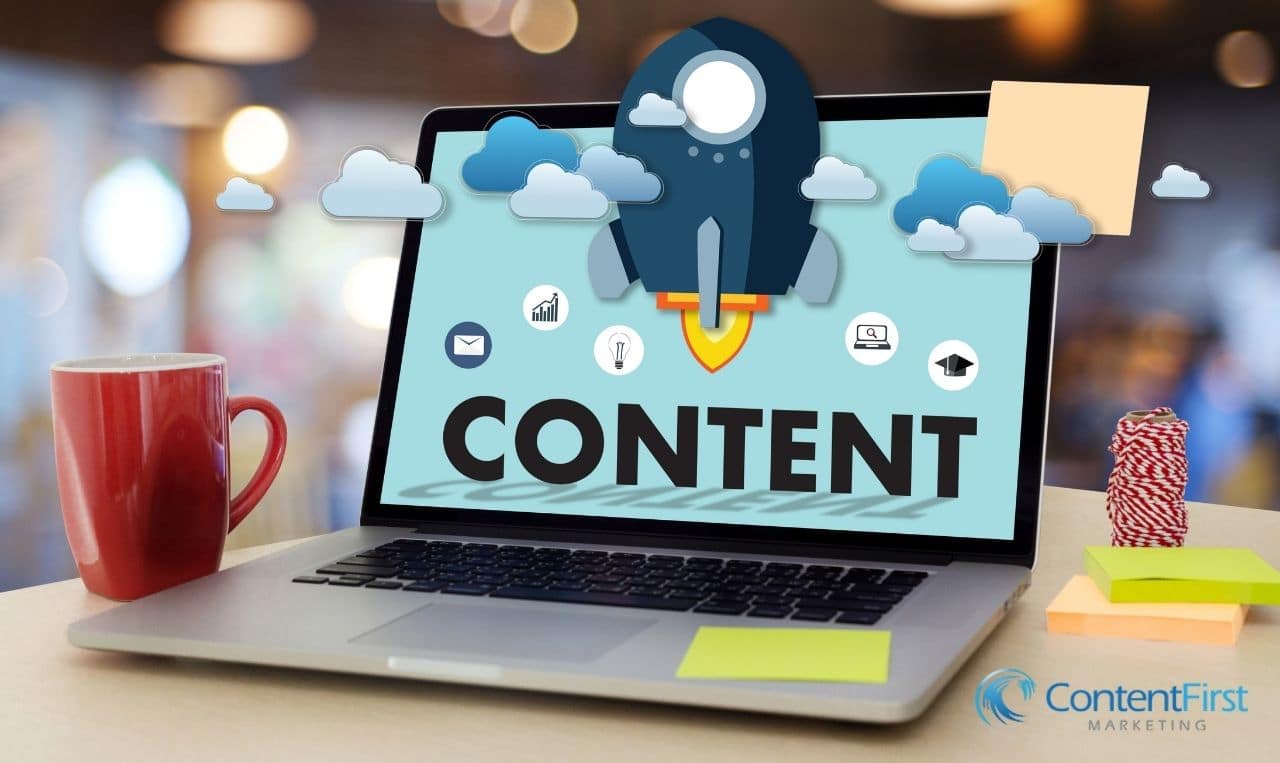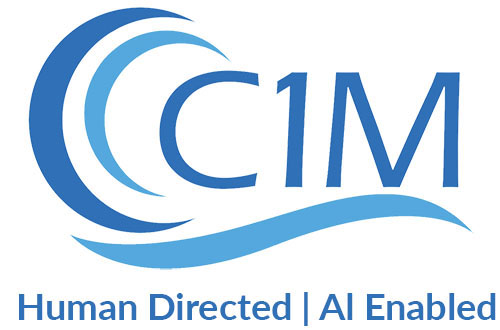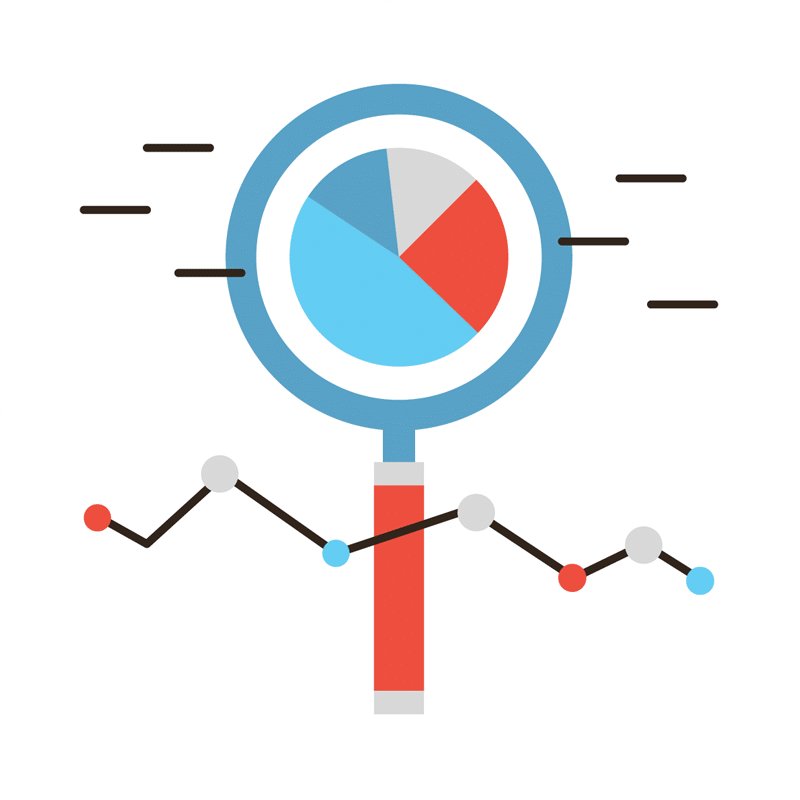
Keeping your marketing activities consistent with your brand’s vision and voice is crucial in any successful marketing strategy. One of the best ways to construct an effective content strategy is by intertwining it with a structured and organized content plan. Read on to find out why you need a content plan and how to create one.
What Is a Content Plan?
A content plan aligns your content with the overall marketing strategy. It defines the content you will create and allows you to organize, and share with your team, a timeline of when the blogging content should be written and when to post. Also, it should be your high-level guide to what topics to cover, forms of content, and channels it will be shared on.
Having a content plan can help you and your team overcome content marketing challenges, such as:
- Producing unique and relevant content
- Increase productivity and efficiency
- Optimize content for customer engagement
- Keeping to deadlines
- Measure effectiveness of your content strategy
- Keep ahead of your competition
What Is the Difference Between a Content Plan and a Content Strategy?
“Your content strategy could be considered your vision. Your content plan is how you get there.” — DivvyHQ.
The content strategy defines how and why content will be used in order to achieve your goals as a business. It should be based on competitive and industry research—including SEO optimization and keyword research—business goals and messaging. Most importantly, it should always have your target audience in mind.
A content plan should incorporate ideas about how to spread your messaging and reach your goals, all organized in a content calendar. In addition, it should outline what format types will be used, specific topics, and what platforms will reach your target audience.
Having a content strategy and content plan that fuses together, allows your business to keep aligned with its brand messaging, and helps maintain credibility with your audience.
Goal Setting
There is a hierarchy when you come to set your goals. It goes as follows: business goals guide the marketing goals, and the marketing goals guide the content goals.
When you are setting your goals, consider what you want to achieve from your content.
Is it brand awareness? Generate leads? Return users? Improve website traffic? Or increase your SERP ranking?
It’s also important to work out what part of the funnel your audience is to target them with relevant and useful content based on their intent. We’ll uncover more about this later.
What Should You Consider in a Content Plan?
There are many factors to weigh up when creating a content plan. Here are some questions you should address:
Do your topics align with the themes and messaging outlined in your strategy?
Is your content relevant and useful to your target audience?
Does your content type fit with your audience and where they are in the funnel?
Can you create content that is seasonal and topical to current events to keep content up-to-date and fresh?
Check what your competition is writing—how can you add value and improve on it?
How can you repurpose your content? For example, can you create social posts from a long-form blog post?
Are you measuring the performance of your posts? Which formats work and which ones don’t?
What Type of Content Is There?
When creating a content plan, you must investigate what types of content will resonate best with your target audience. For instance, business audiences prefer to consume educational and informative content, such as white papers or articles. At the same time, consumer audiences tend to engage most with social media or emails.
A survey carried out by SEMRush, states that long reads (7000+ word articles) drive almost four times more traffic than articles of average length (900-1,200 words). Of course, long reads are likely to perform better because they provide the user with information and expertise. It also finds that listicles get 80% more traffic than other articles, followed by guides and how-to articles.
It’s important to analyze user intent and understand your audience’s needs before planning your content. For example, it might be that your target audience only wants a short answer to a particular query they have. In this sense, a shorter article will be more useful for them rather than long-form.
One way to target multiple platforms and reach a wider audience is to repurpose content. For example, you can take a white paper, create listicles, guides, and social posts, share them to social media platforms, and optimize them for SEO for more organic traffic. It’s a good use of resources and can save your content team time.
Content to Match Your Customer’s Journey
A content marketing funnel helps a brand attract potential clients and guide them through their journey from the first interaction to conversion to a paying customer.
Marketing experts split the sales funnel into three main segments.
- Top of the funnel
- Middle of the funnel
- Bottom of the funnel
The user intent varies at each stage of the funnel. This means that each type of content you produce will have different goals. You can add these stages to your content plan and organize content types accordingly.
1.) Top of the Funnel: Attract the User’s Attention
At this first stage, users are potential leads and are in the discovery stage of their journey. They are mainly looking for information, generally in the form of blog posts, infographics, or social media posts.
Blogs are one of the most popular forms of content as not only do they attract organic traffic, but they push and nurture the users further down the marketing funnel. White papers and Ebooks are also popular as they generate leads and allow businesses to demonstrate authority, trust, and expertise and build up their email list.
It’s important to focus on bringing value to your audience by ensuring that you address their needs and answer their queries. This will allow you to hold their attention and push them down the funnel with informative and relevant content.
2.) Middle of the Funnel: Generates leads
As the user progresses further down the funnel, more detailed content is required. The goal is to keep your audience engaged with your brand, so this is when you can introduce an email marketing campaign. You can send them personalized emails based on their interests and target them with any content that positions your brand as the expert and offers them a solution.
3.) Bottom of the Funnel: Drives Conversions
This is where you need to close the deal. Your audience might not have converted yet, but if they’ve followed the journey thus far, they may be persuaded to make a purchase with a compelling offer that solves their needs and forms a relationship with your brand. This includes product-orientated content, such as case studies, how-to guides, product reviews, offers, and success stories.
Overall, content planning connects your strategy to its execution. It helps you and your team stay organized and aligned with your brand’s vision and voice. With the fierce competition out there, the demand for high-quality content writers and SEO specialists is unsurprisingly increasing. In 2020, SEMRush found that 81% of the 1,500 B2B and B2C companies they questioned are outsourcing content writing, compared to 53% in 2019.
At Content First Marketing, our expert team of content creators, writers and copywriters can guide you on creating and implementing an efficient and effective content plan. Our team will create consistent messaging and content across your website to engage with prospect leads and return customers. This saves you and your team time so you can focus on building your business the way you know how.
Schedule your free business review today to find out how we can work together to get you measurable results!


